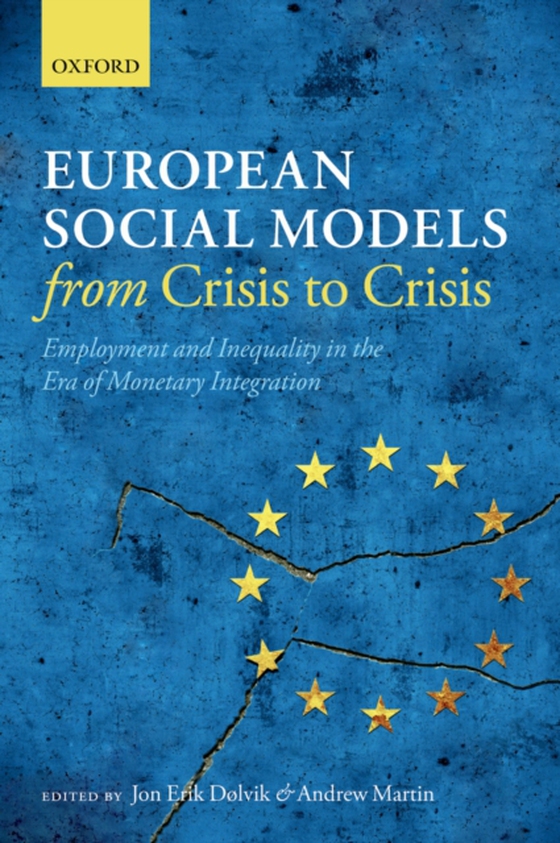
European Social Models From Crisis to Crisis: e-bog
280,67 DKK
(inkl. moms 350,84 DKK)
Europeans use 'social models' to refer to the combination of welfare state, industrial relations, and educational institutions jointly structuring what we can think of as the supply-side of the labor market. The dominant view in controversy over the social models has been that in the name of equity they have impaired the labor market's efficiency, thereby causing unemployment. But doubt is cast...
E-bog
280,67 DKK
Forlag
OUP Oxford
Udgivet
19 december 2014
Længde
320 sider
Genrer
1D
Sprog
English
Format
pdf
Beskyttelse
LCP
ISBN
9780191027826
Europeans use 'social models' to refer to the combination of welfare state, industrial relations, and educational institutions jointly structuring what we can think of as the supply-side of the labor market. The dominant view in controversy over the social models has been that in the name of equity they have impaired the labor market's efficiency, thereby causing unemployment. But doubt is cast on this supply-side-only diagnosis by powerful macroeconomicdevelopments, from the Europe-wide recession following Germany's post-unification boom to the deepest economic crisis since the interwar Great Depression, which the Eurozone's truncated economic governance structure transformed into a sovereign debt crisis, threatening the Euro's and even EU's very survival. This book explores the interaction of Europe's diverse social models with the major developments that shaped their macroeconomic environment over the quarter century since the fall of the Berlin Wall. It concludes that this environment rather than the social models are primarily responsible for the immense social costs of the crisis.
 Dansk
Dansk

